‘Concrete Dreams’: rethinking Newcastle’s brutalist past
A new project and exhibition at the Farrell Centre in Newcastle revisits the radical urban ideas that changed Tyneside in the 1960s and 1970s
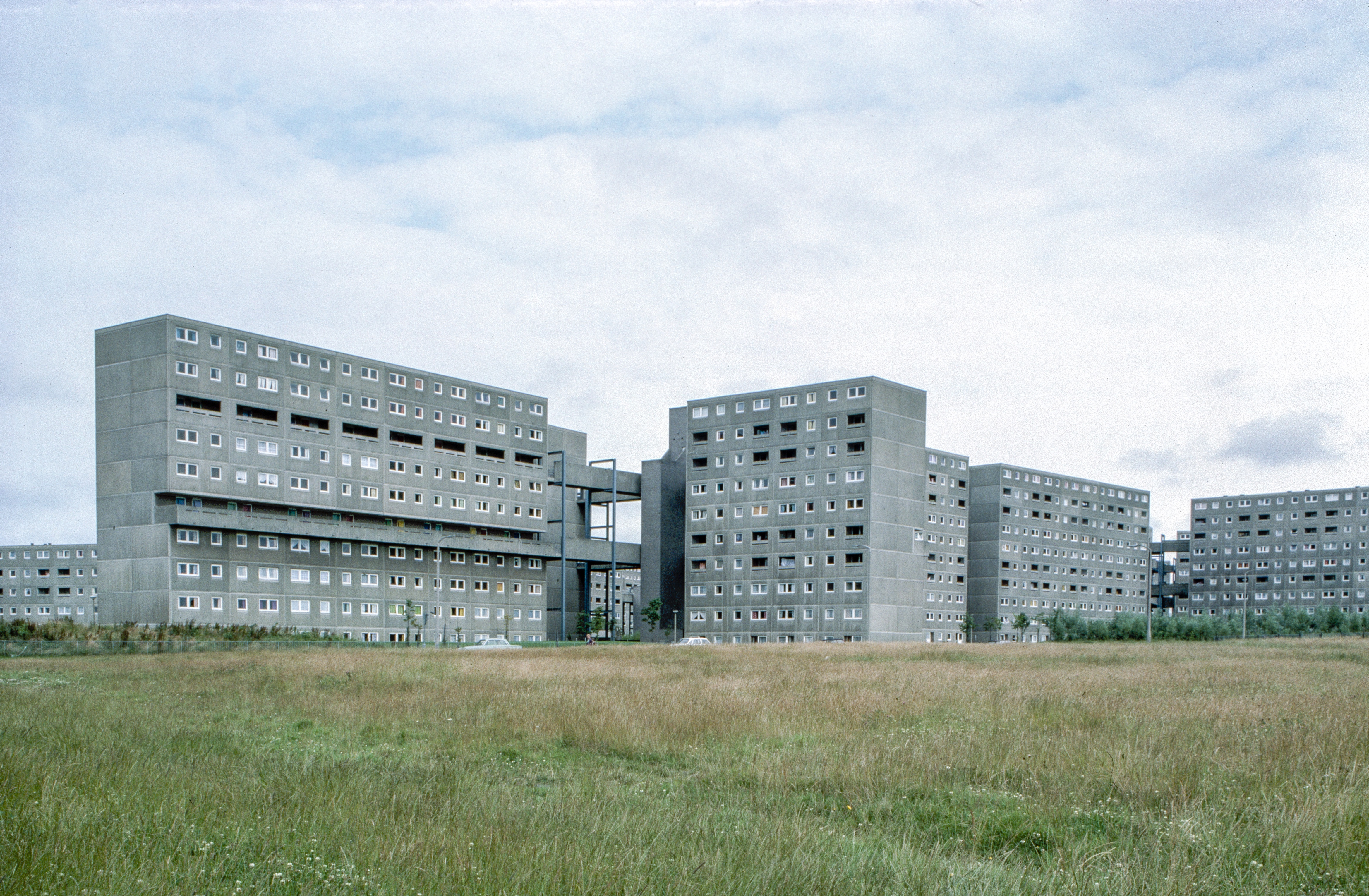
In Tyneside, traces of a dream to build a prosperous and egalitarian city through pioneering architecture and infrastructure still linger. These ambitious ideals that took hold of the area – which spans from Newcastle to the coast in England's north-east – in the 1960s and 1970s are etched into the landscape with projects like the Civic Centre and the Central Motorway in Newcastle. While the outcomes remain controversial, the dream is being re-explored at the Farrell Centre in Newcastle, in hopes of building on that legacy to confront the challenges the city faces today.
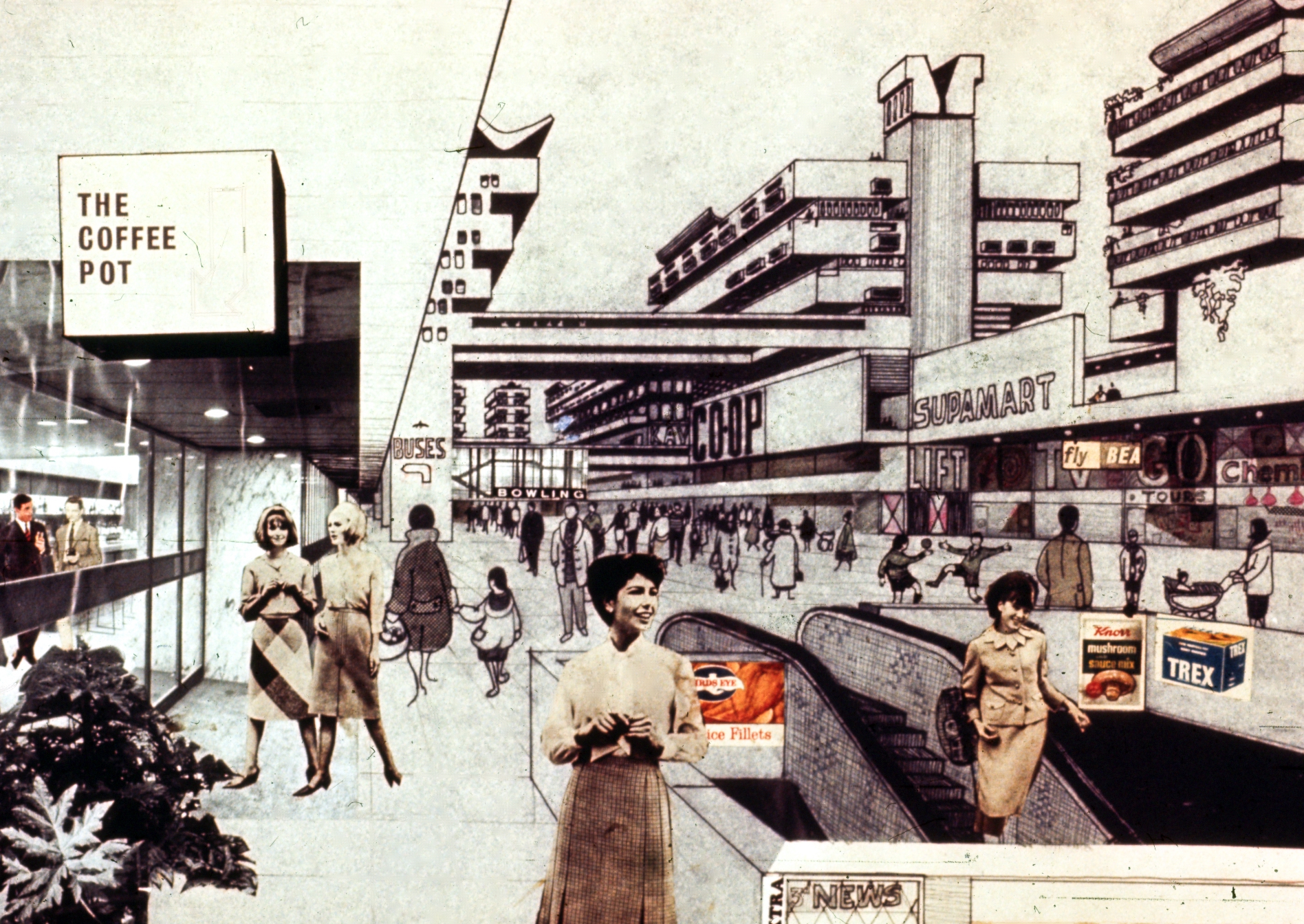
Jack Napper's vision for a 'Linear City', originally presented in Northern Architect, July 1965
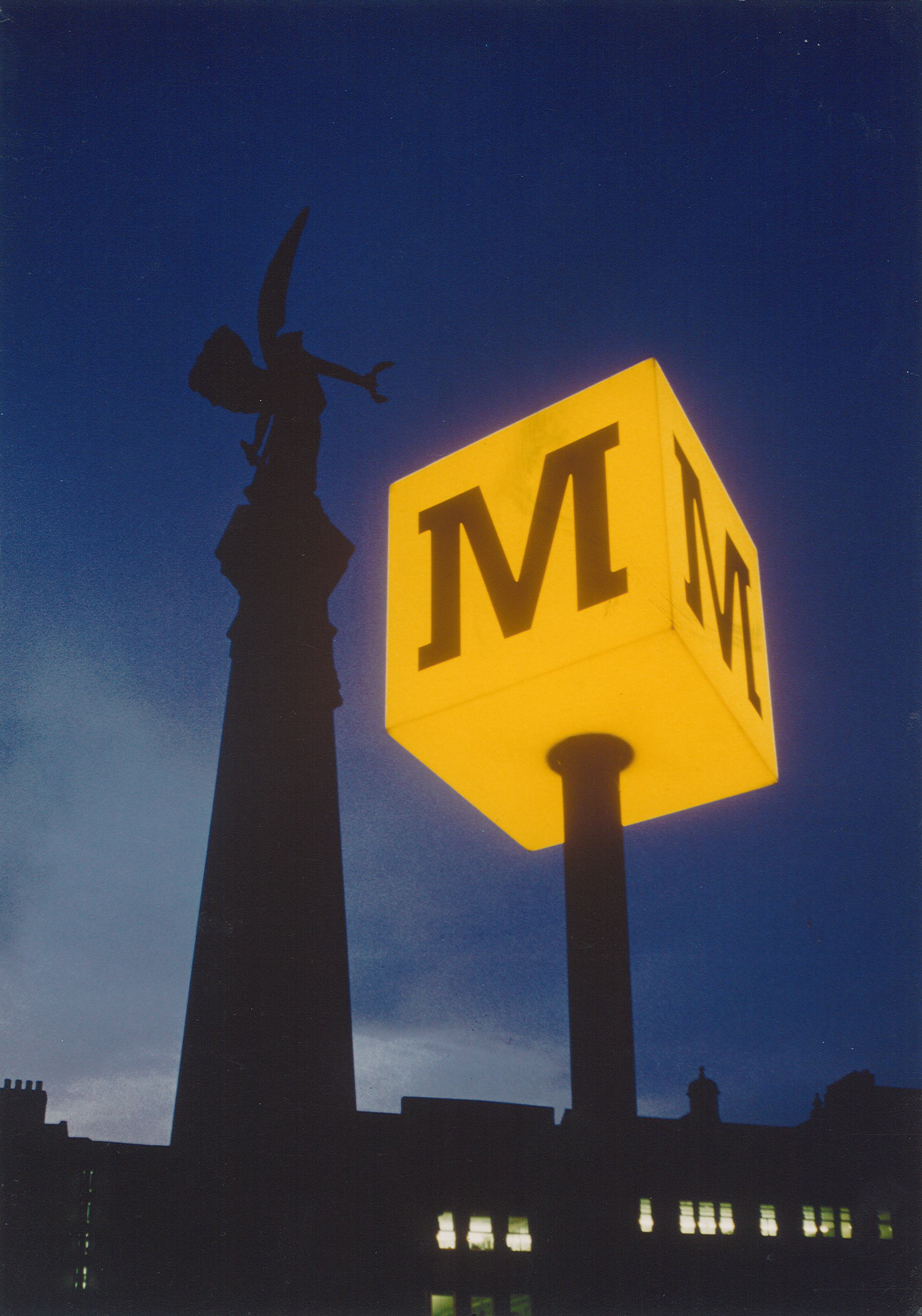
Metro sign at Monument Metro Station, early 1980s
Running until June 2025, 'Concrete Dreams' is a programme comprising an exhibition, an immersive installation, and a wide range of events exploring the past and future of Newcastle's urban transformation.
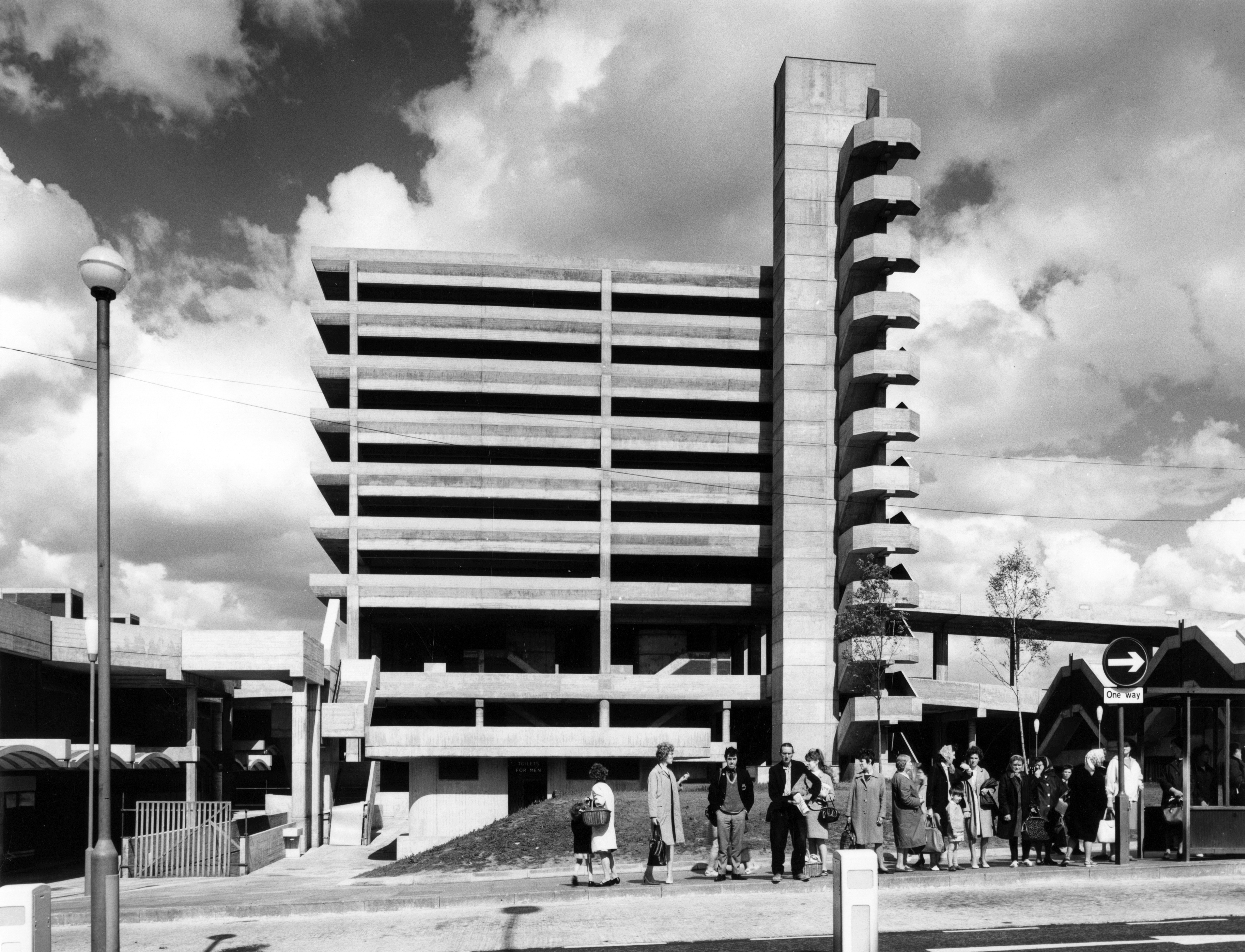
Owen Luder's Trinity Square, Gateshead, photographed Sam Lambert, 1967
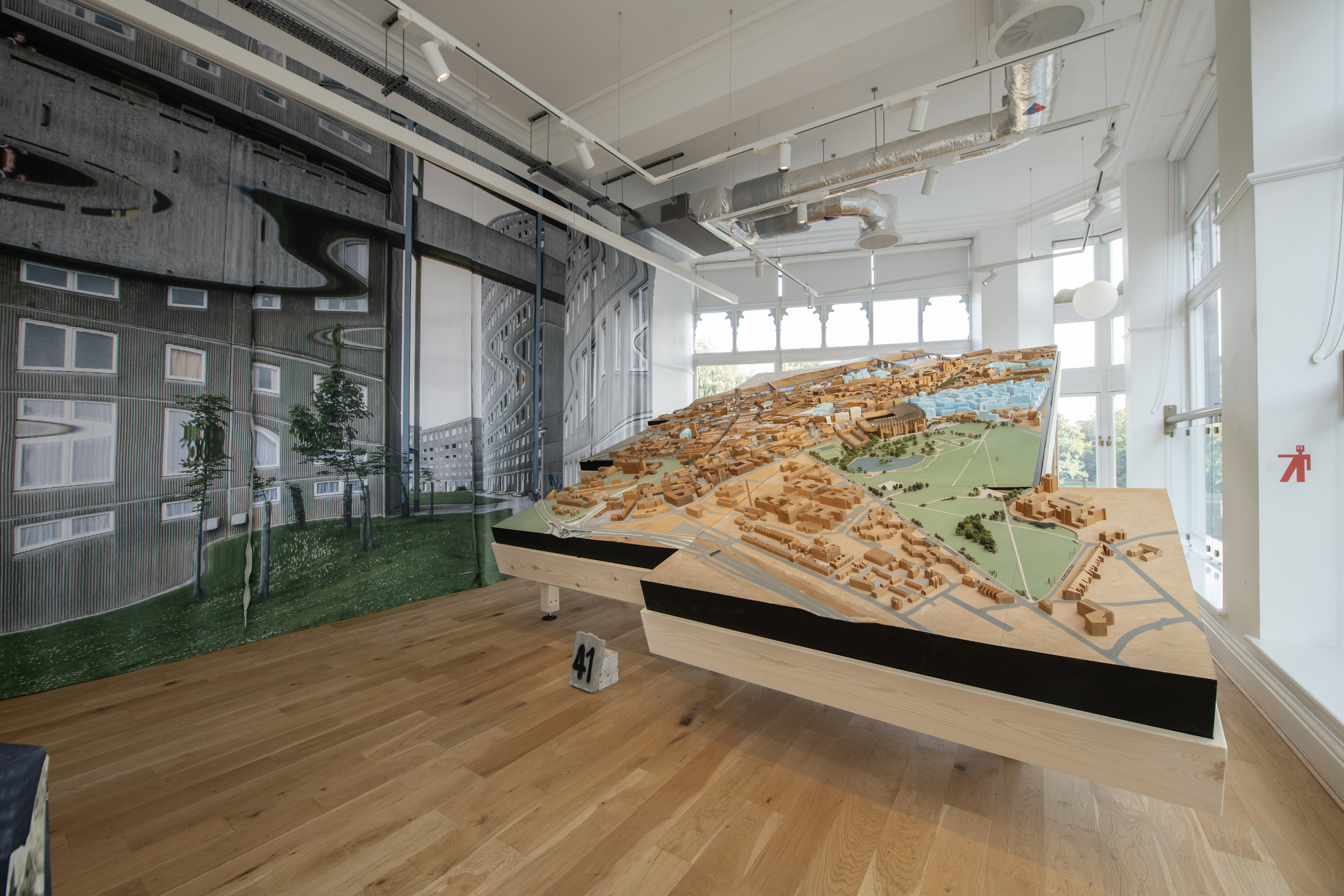
The 6m-long Newcastle city model at the ‘Brasilia of the North’ exhibition
The exhibition, ‘Brasilia of the North’ (until 1 June 2025), delves into Newcastle’s ambitious 1960s and 1970s urban planning projects, drawing parallels to the then-emerging, futuristic Brazilian capital of Brasília.
Exhibits include the remarkable 6m-long Newcastle city model, first created in the 1960s to envision the city's modern future; the original architectural model for Gateshead’s Trinity Square Carpark, an icon of brutalist architecture; and a Metro ‘cube’ featuring typography by Margaret Calvert, renowned for her work on Britain’s road signs. Visitors can also explore a selection of maps, books, drawings, photographs, and films that highlight the complex socio-political forces that shaped Newcastle’s transformation.
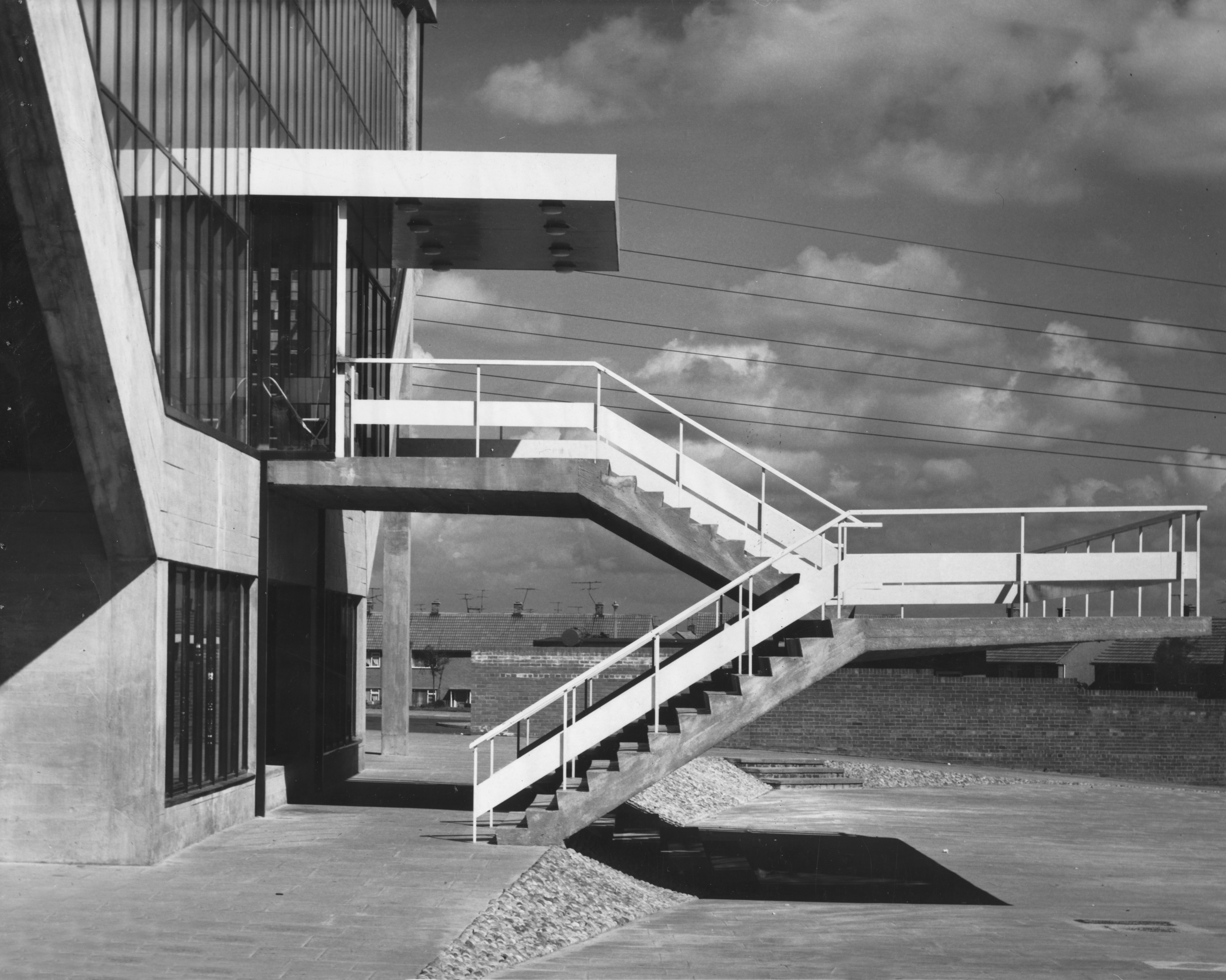
Felling Swimming Baths designed by Napper Architects, c. 1964
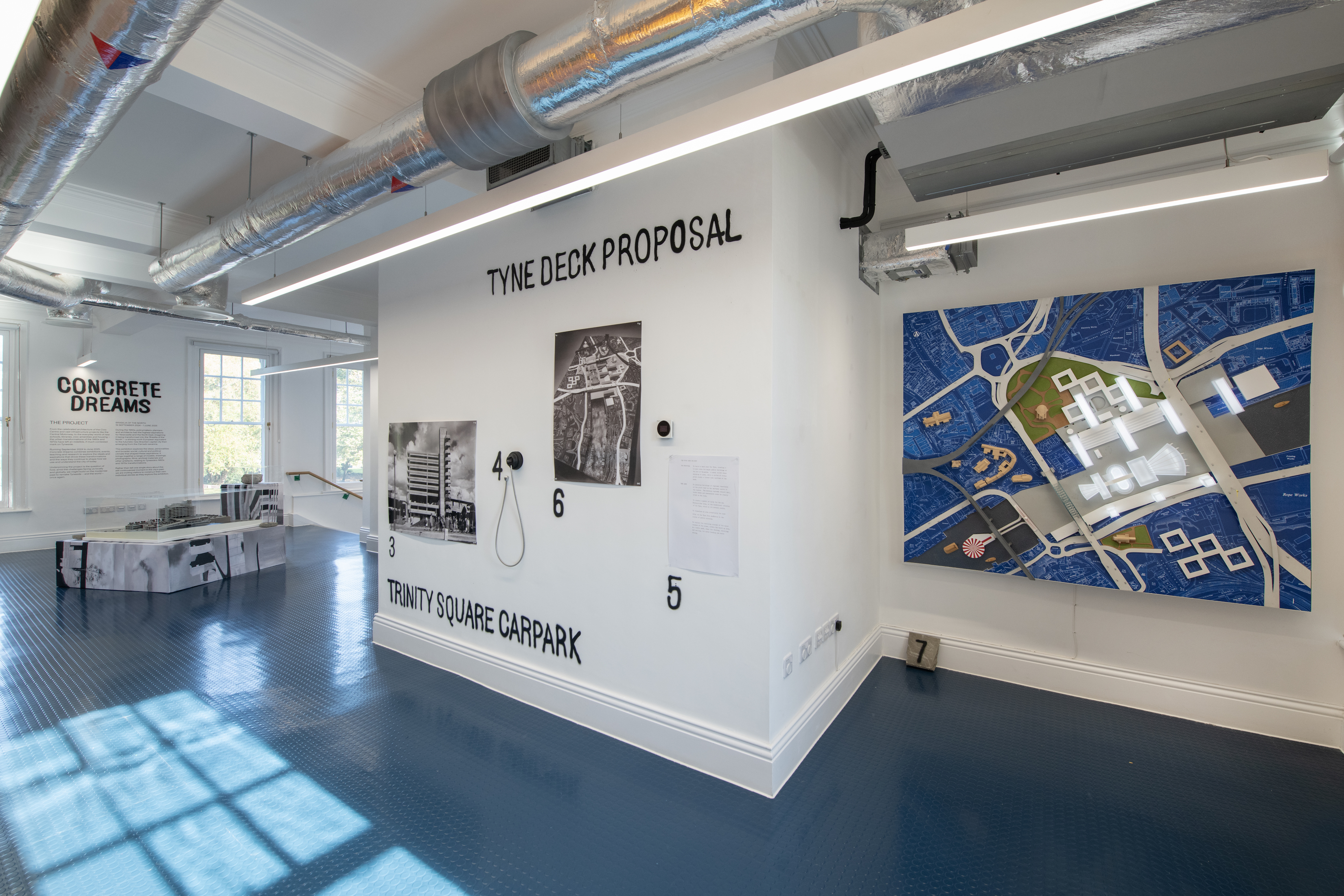
‘Concrete Dreams’ exhibition space
The immersive installation, 'Alison’s Room: An Extended Reality Archive', offers a unique journey into the mind and work of Alison Smithson, a pioneer of brutalist architecture who, along with her husband Peter Smithson, redefined British post-war design (with buildings such as London's Economist Plaza, for example). Created by artist and researcher Paula Strunden, this life-sized virtual reality installation blends elements from the Smithsons' most influential designs with interactive objects, furniture, and even a talking cat that visitors can ‘pet’. As visitors move through Alison’s study, they are invited to engage with the visionary world of a defining figure in Newcastle’s architectural history in a fun, imaginative, and educational way.
Alison's Room: An Extended Reality Archive runs until 20 December 2025; booking is required.
‘Brasilia of the North’ runs until 1 June 2025.
Receive our daily digest of inspiration, escapism and design stories from around the world direct to your inbox.
Smilian Cibic is an Italian-American freelance digital content writer and multidisciplinary artist based in between London and northern Italy. He coordinated the Wallpaper* Class of '24 exhibition during the Milan Design Week in the Triennale museum and is also an audio-visual artist and musician in the Italian project Delicatoni.
-
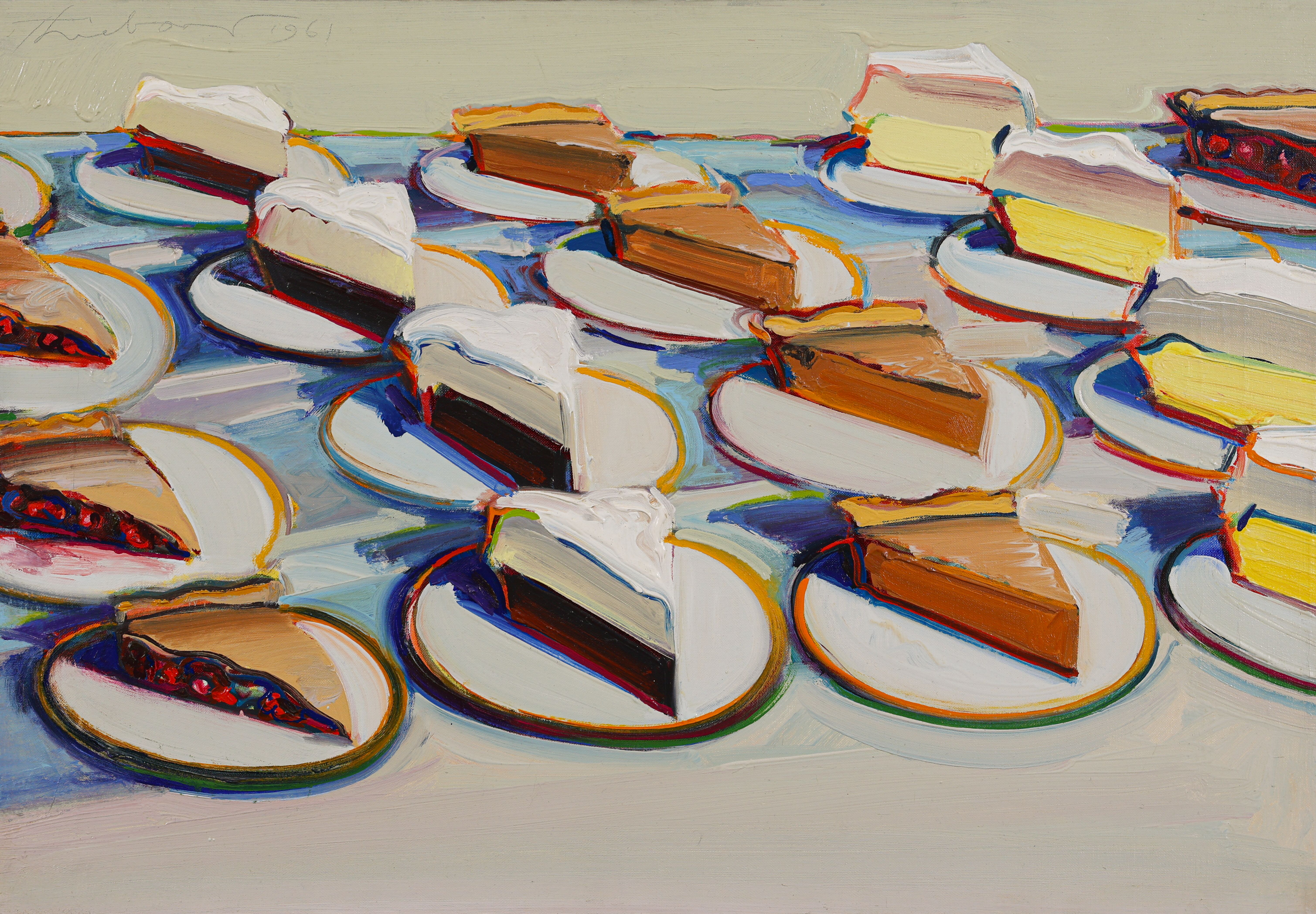 Why are Wayne Thiebaud’s paintings at the Courtauld quite so tempting?
Why are Wayne Thiebaud’s paintings at the Courtauld quite so tempting?The American artist’s thickly painted slices of cake at the Courtauld are some of our favourite artworks seen this year. What makes them so special?
-
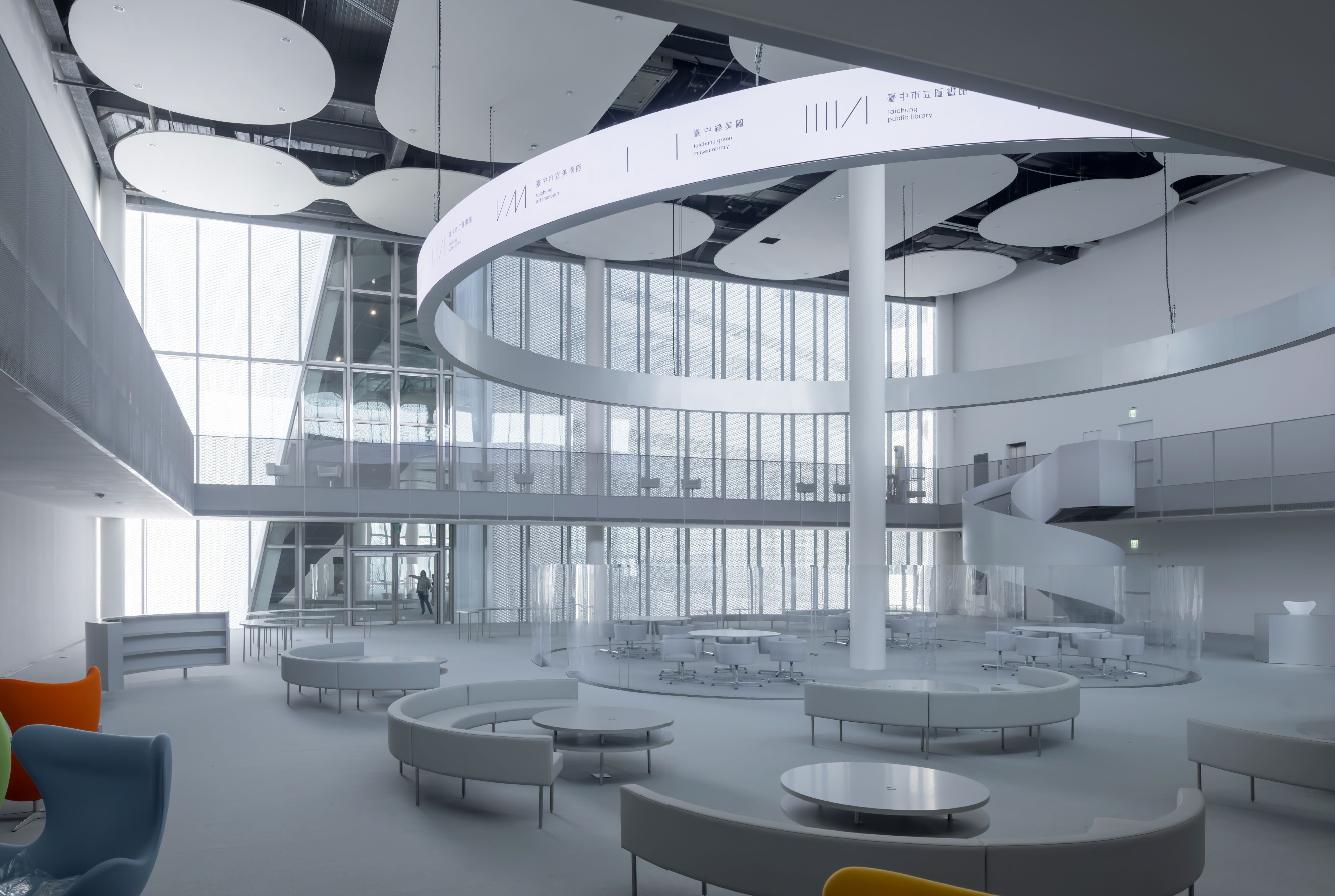 Taiwan’s new ‘museumbrary’ is a paradigm-shifting, cube-shaped cultural hub
Taiwan’s new ‘museumbrary’ is a paradigm-shifting, cube-shaped cultural hubPart museum, part library, the SANAA-designed Taichung Green Museumbrary contains a world of sweeping curves and flowing possibilities, immersed in a natural setting
-
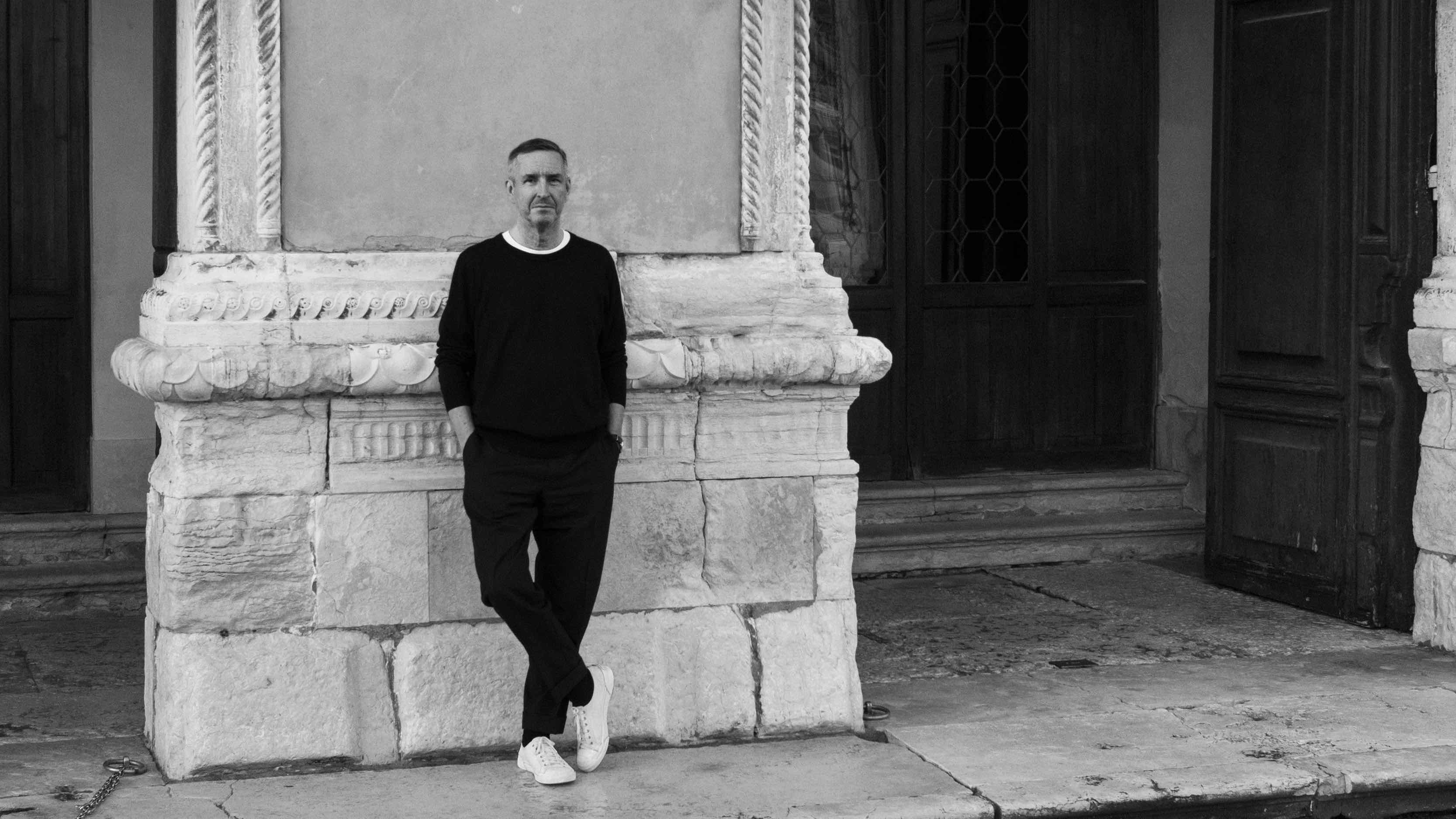 Dries van Noten on why he's building a new home for craft in Venice
Dries van Noten on why he's building a new home for craft in VeniceA year after departing the runway, Dries van Noten unveils his next chapter: the Fondazione Dries Van Noten, a newly announced cultural initiative in Venice celebrating craft in all its forms. Wallpaper* meets the designer to find out why he’s not ready to retire.
-
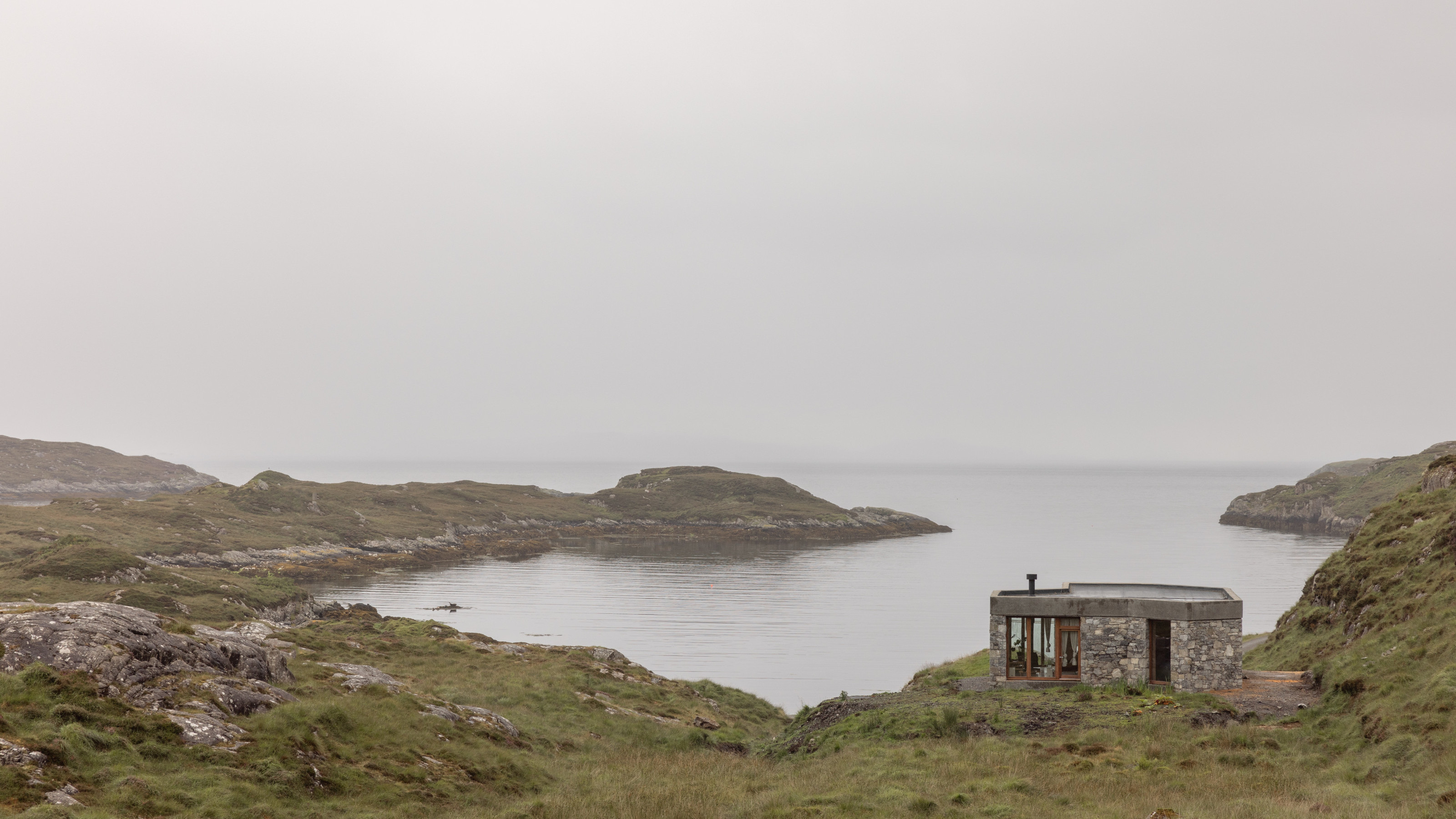 RIBA House of the Year 2025 is a ‘rare mixture of sensitivity and boldness’
RIBA House of the Year 2025 is a ‘rare mixture of sensitivity and boldness’Topping the list of seven shortlisted homes, Izat Arundell’s Hebridean self-build – named Caochan na Creige – is announced as the RIBA House of the Year 2025
-
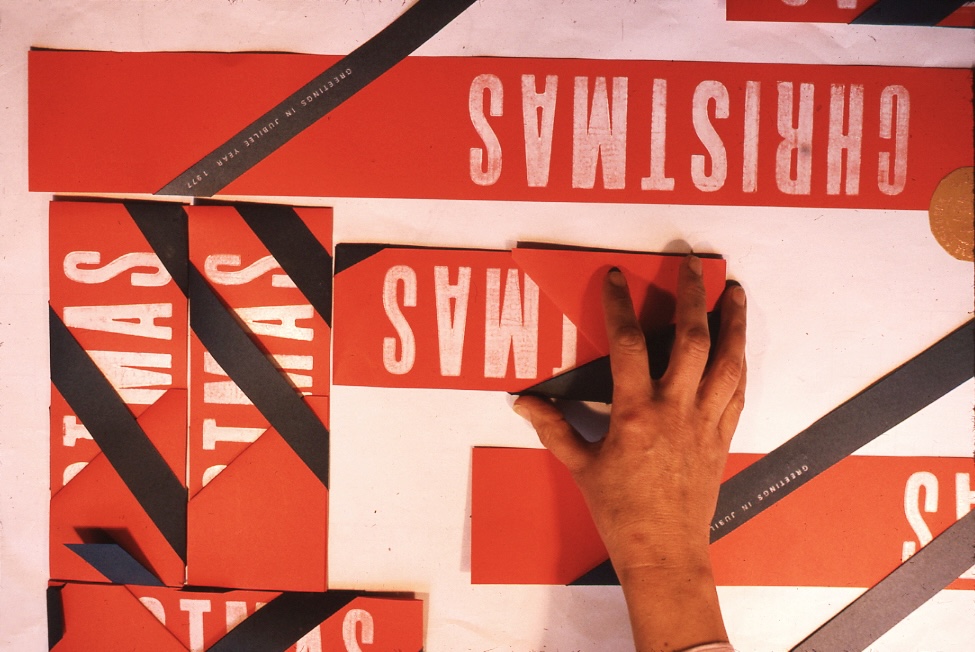 In addition to brutalist buildings, Alison Smithson designed some of the most creative Christmas cards we've seen
In addition to brutalist buildings, Alison Smithson designed some of the most creative Christmas cards we've seenThe architect’s collection of season’s greetings is on show at the Roca London Gallery, just in time for the holidays
-
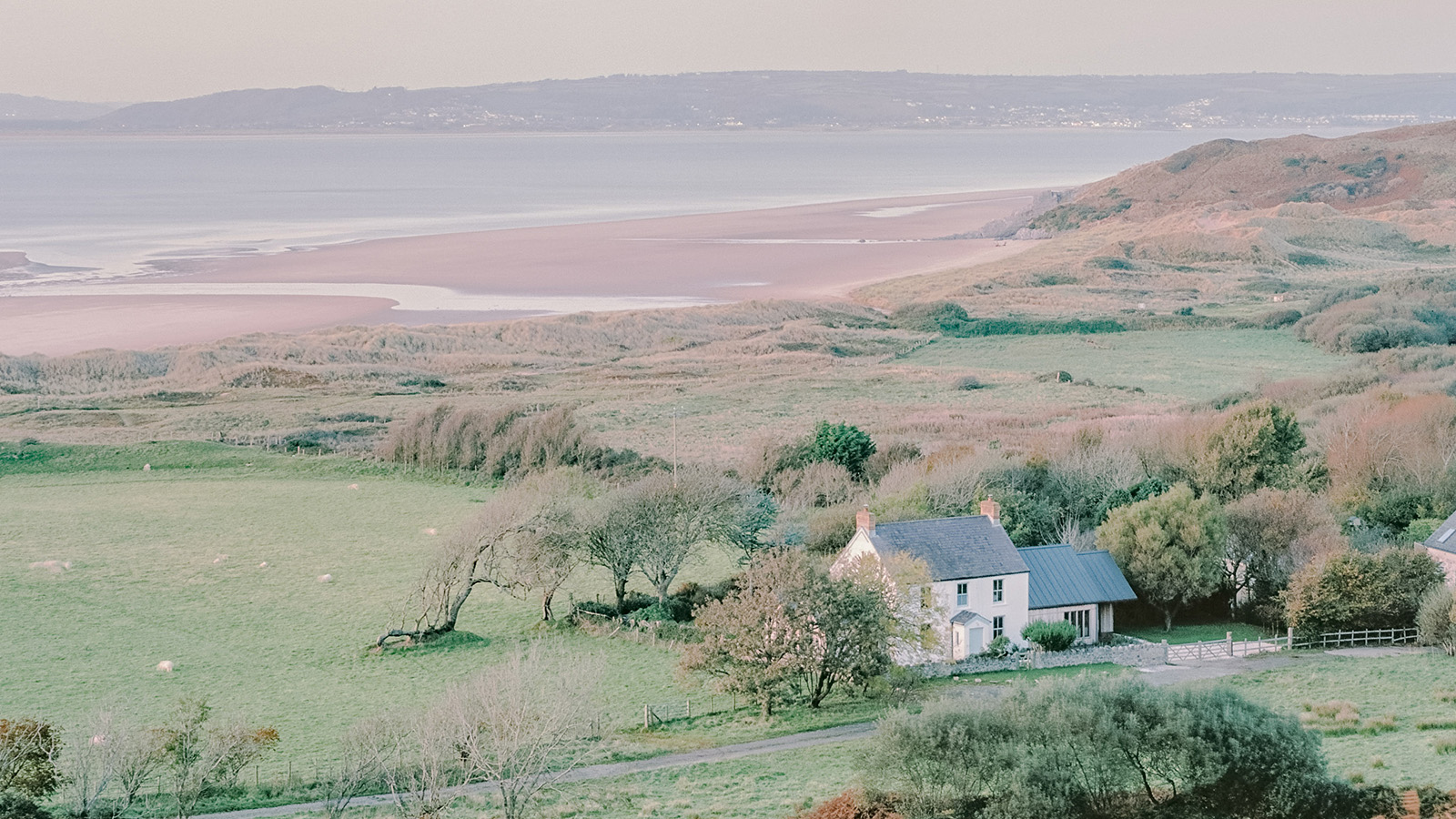 In South Wales, a remote coastal farmhouse flaunts its modern revamp, primed for hosting
In South Wales, a remote coastal farmhouse flaunts its modern revamp, primed for hostingA farmhouse perched on the Gower Peninsula, Delfyd Farm reveals its ground-floor refresh by architecture studio Rural Office, which created a cosy home with breathtaking views
-
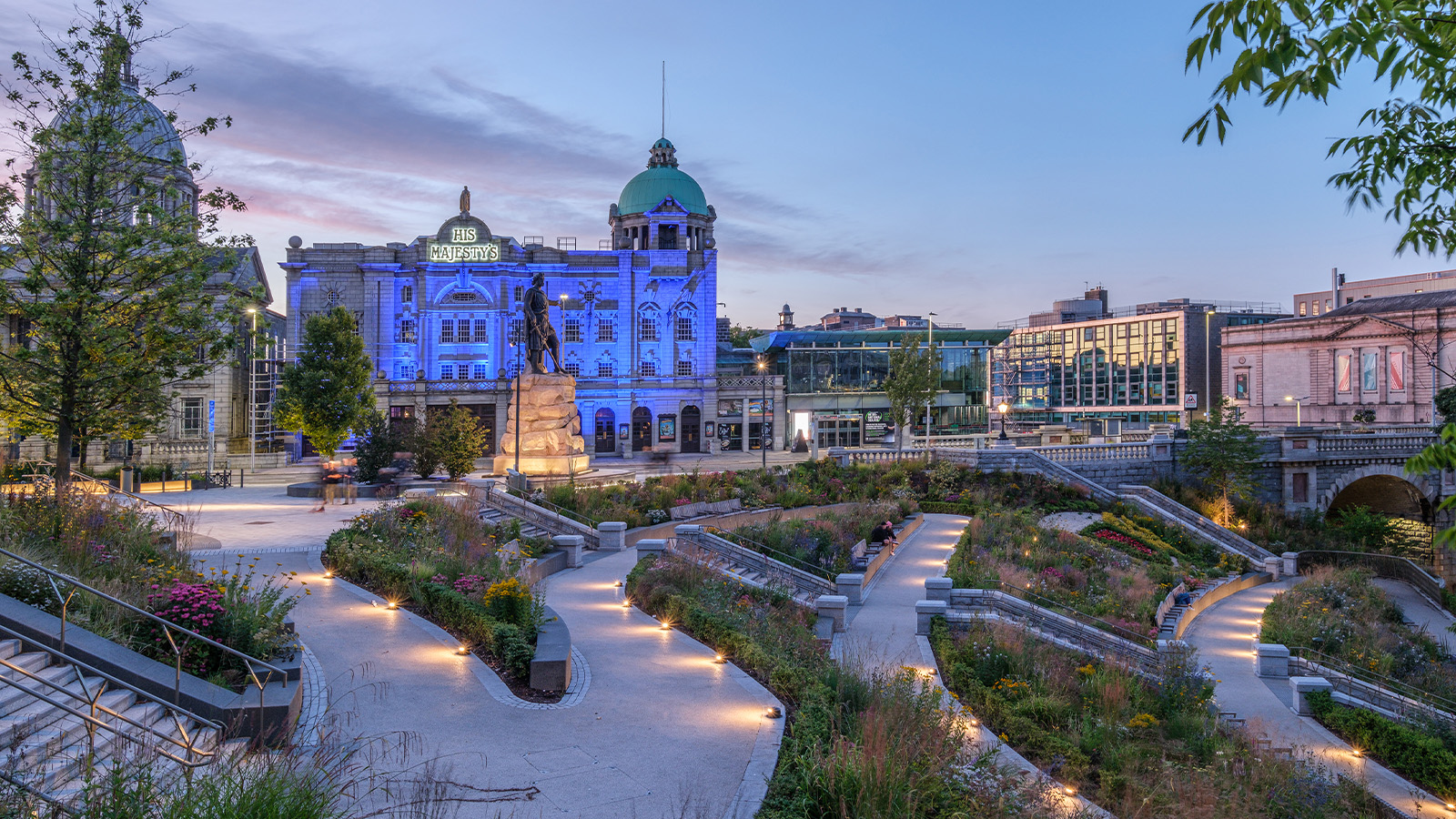 A revived public space in Aberdeen is named Scotland’s building of the year
A revived public space in Aberdeen is named Scotland’s building of the yearAberdeen's Union Terrace Gardens by Stallan-Brand Architecture + Design and LDA Design wins the 2025 Andrew Doolan Best Building in Scotland Award
-
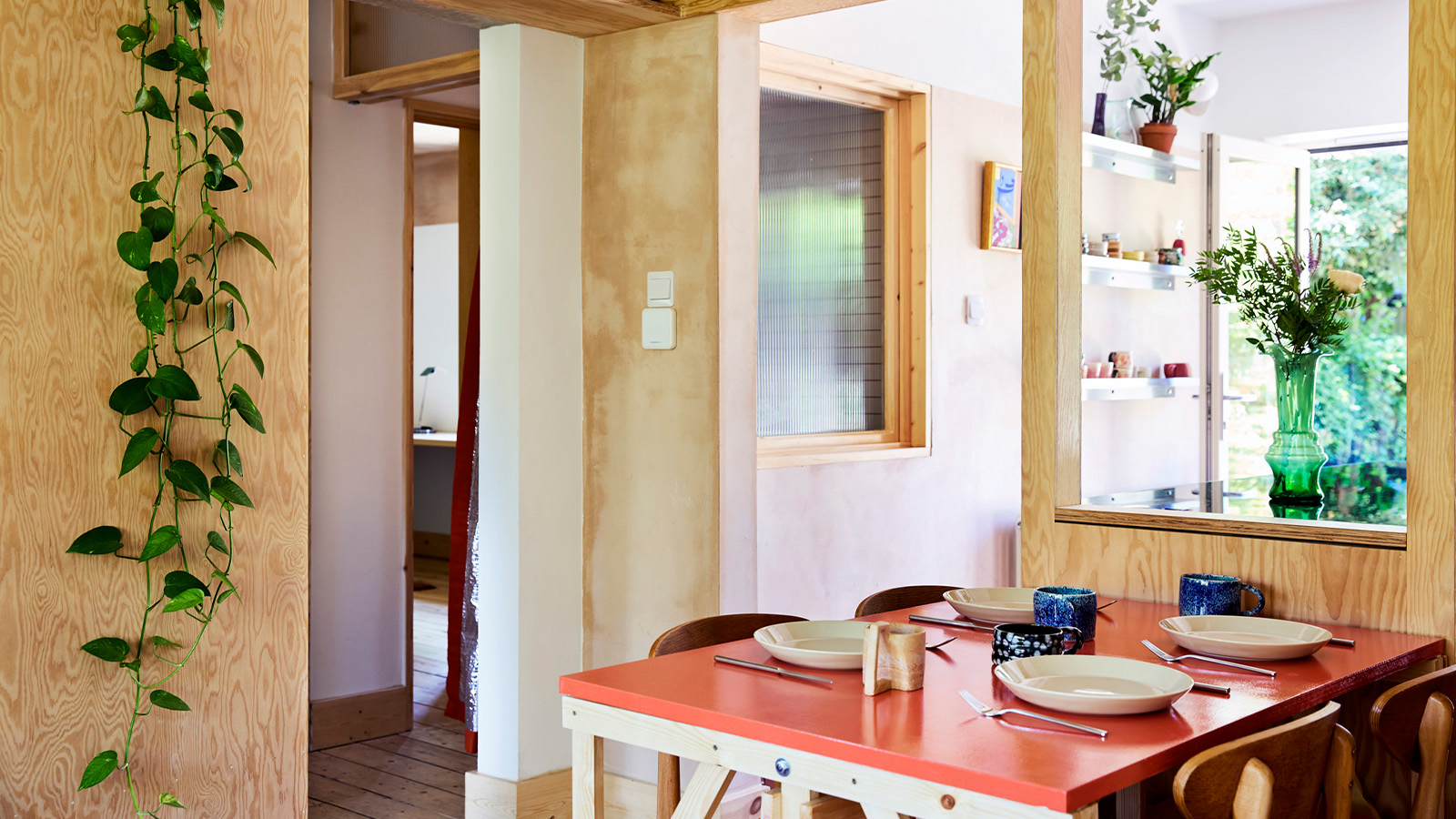 A refreshed 1950s apartment in East London allows for moments of discovery
A refreshed 1950s apartment in East London allows for moments of discoveryWith this 1950s apartment redesign, London-based architects Studio Naama wanted to create a residence which reflects the fun and individual nature of the clients
-
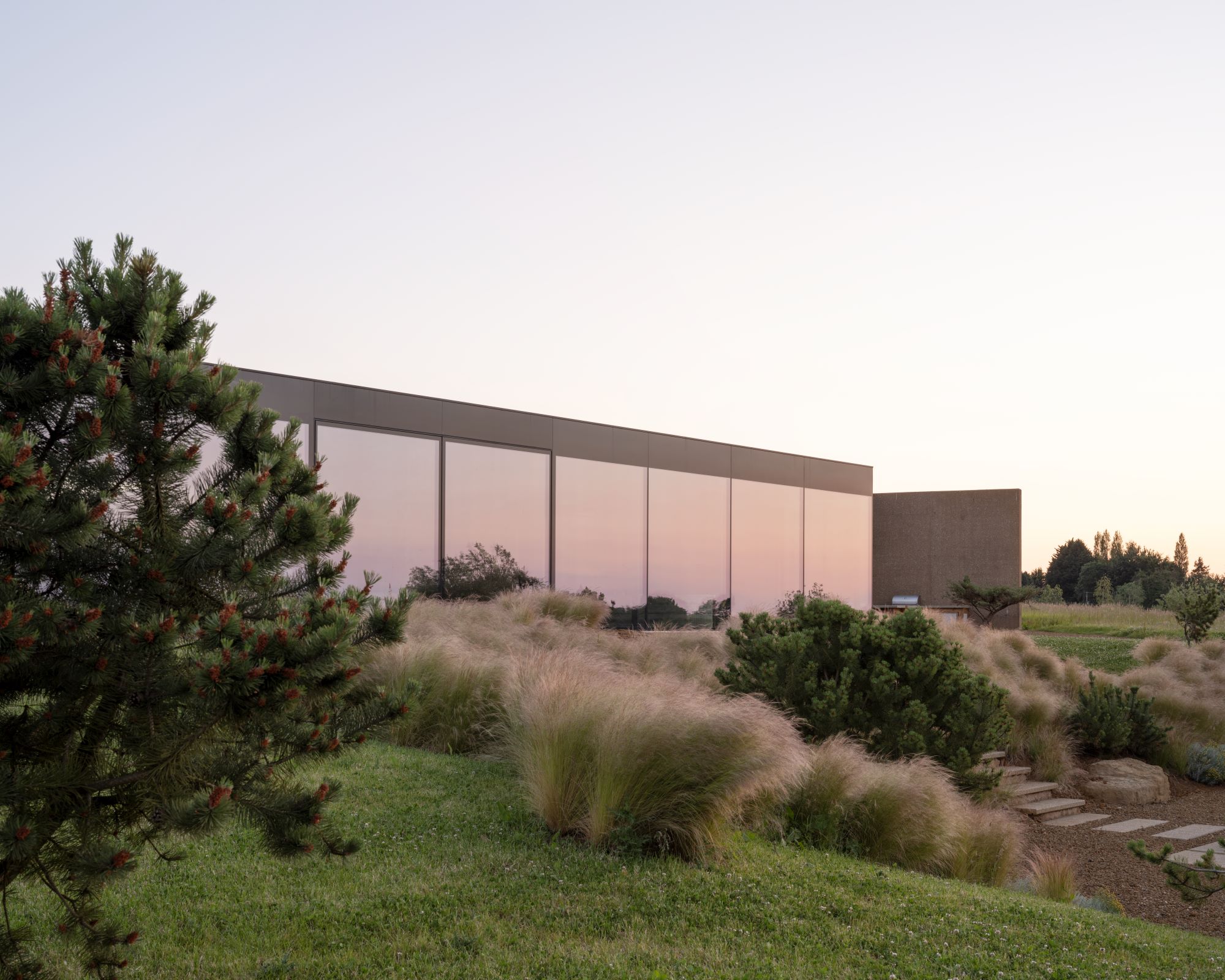 In this Cotswolds home, drama meets minimalism
In this Cotswolds home, drama meets minimalismCotswolds home Hiaven house, with interiors designed by McLaren Excell, is a perfect blend of contemporary chic and calm, countryside drama
-
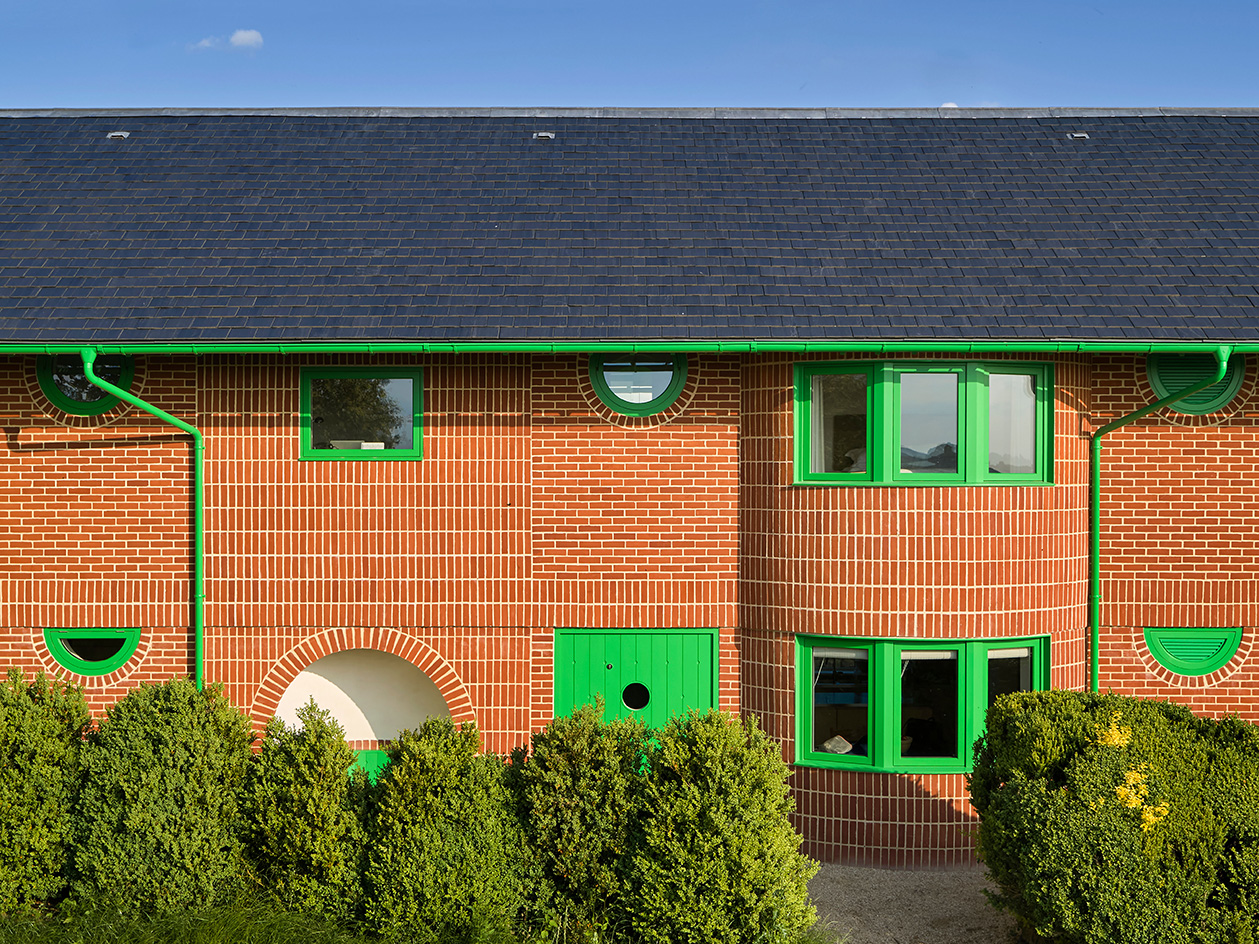 David Kohn’s first book, ‘Stages’, is unpredictable, experimental and informative
David Kohn’s first book, ‘Stages’, is unpredictable, experimental and informativeThe first book on David Kohn Architects focuses on the work of the award-winning London-based practice; ‘Stages’ is an innovative monograph in 12 parts
-
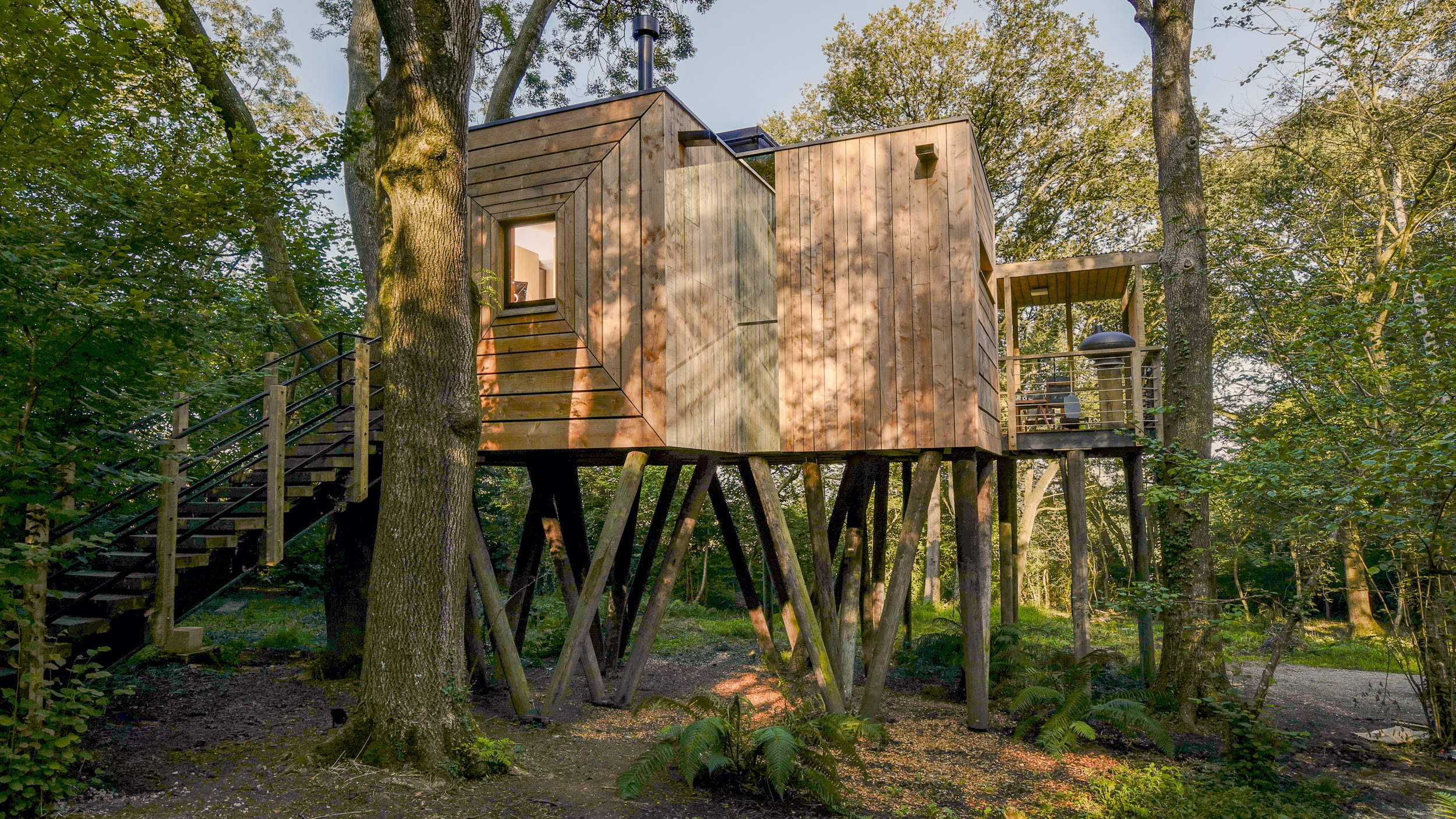 Find solace in the forest at this expansive treehouse retreat in Dorset
Find solace in the forest at this expansive treehouse retreat in DorsetFor sale for the first time, a treehouse, Mallinson’s Woodland Retreat, is a tribute to the skill of designer and master craftsman Guy Mallinson